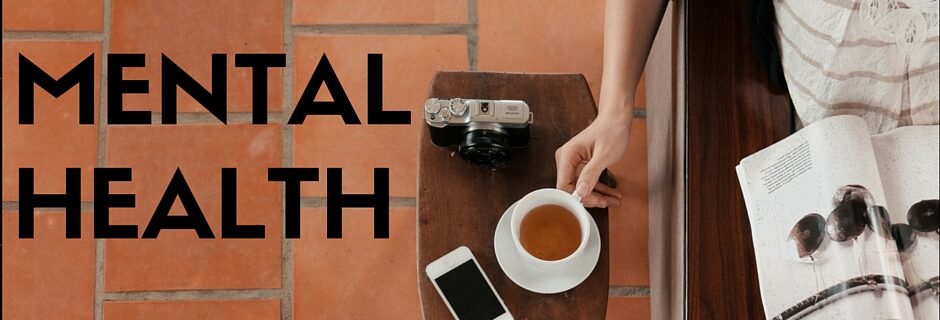Stress: Being on the Offense
Deadlines, busy schedules, taking care of others, dysfunctional relationships, unrealistic expectations for ourselves and others can all bring about feelings of stress. Even through intensely stressful times many of us can function, go to work, care for their families, and even participate in social events; all while ignoring the need to care for ourselves. Oftentimes …













